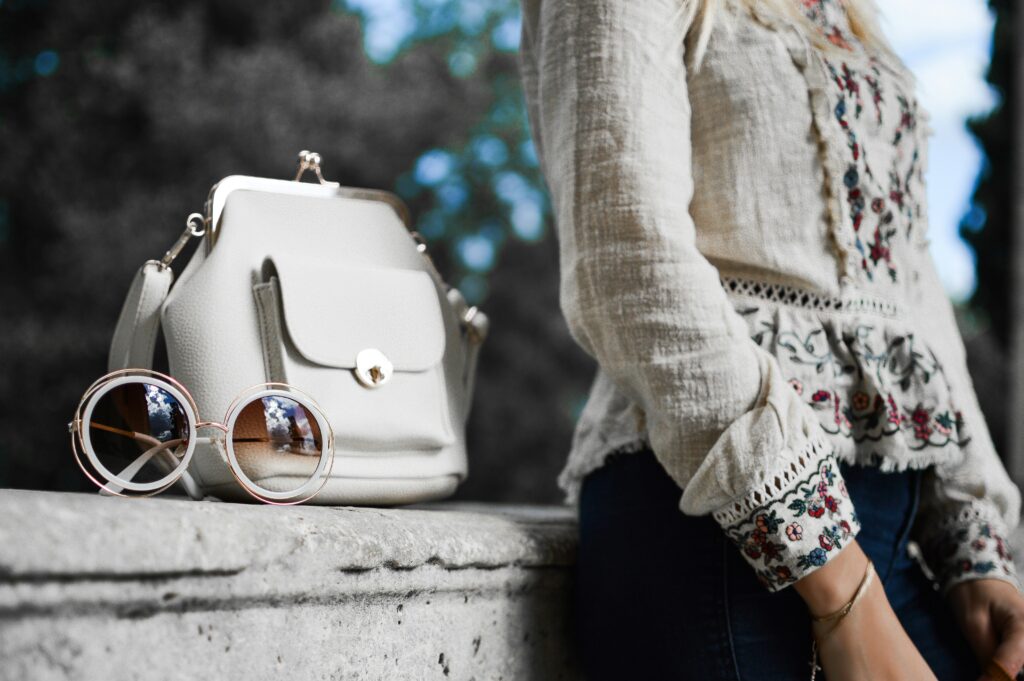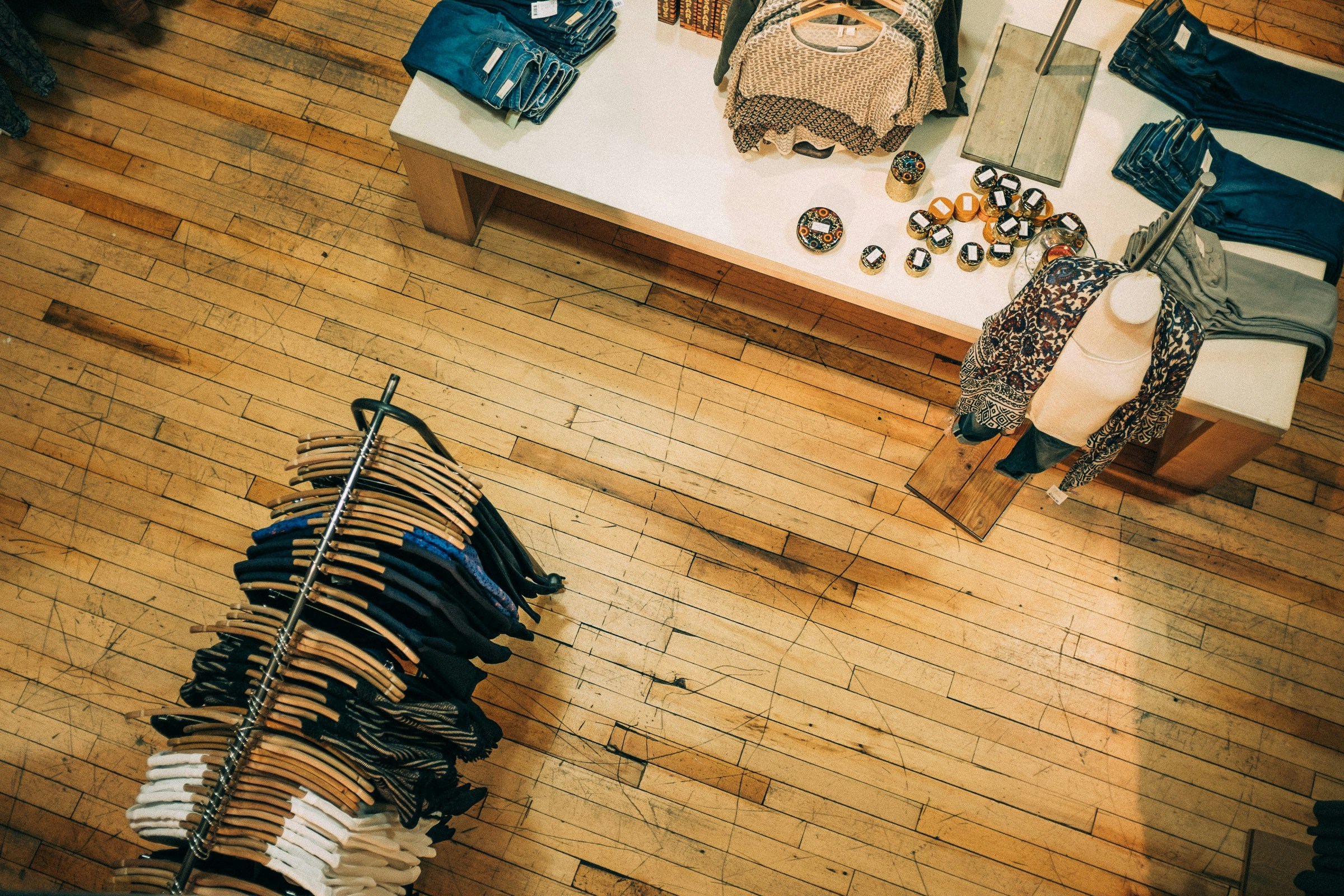Introduction
Fashion is more than just clothing; it is an expression of culture, identity, and creativity. It has been an integral part of human history, reflecting societal changes, economic conditions, and artistic influences. From ancient civilizations to modern-day haute couture, fashion continues to evolve, shaping and being shaped by the world around us. In this blog, we will explore the history of fashion, its impact on society, current trends, challenges, and what the future holds for this dynamic industry.
The History of Fashion
Fashion has undergone significant transformations throughout history. Let’s take a closer look at its evolution:
1. Ancient Fashion (Prehistoric to 5th Century AD)
- Early humans used animal skins and leaves for protection.
- Ancient Egyptians favored linen garments, with elaborate headdresses and jewelry for the elite.
- The Greeks introduced draped clothing, such as the chiton and himation.
- The Romans embraced tunics, togas, and luxurious fabrics like silk imported from China.
2. Medieval and Renaissance Fashion (5th – 16th Century)
- The Middle Ages saw structured garments with long sleeves and intricate embroidery.
- The Renaissance era introduced opulent dresses, corsets, and exaggerated silhouettes.
- Men’s fashion included doublets, hose, and elaborate headwear.
- Clothing signified social status, with nobility wearing rich fabrics and peasants in simple wool garments.
3. Baroque, Rococo, and Victorian Eras (17th – 19th Century)
- The Baroque period featured extravagant clothing with lace, ruffles, and embroidery.
- The Rococo style emphasized pastel colors, floral prints, and luxurious gowns.
- The Victorian era introduced high-necked dresses, crinolines, and tailored suits for men.
- Industrialization led to mass production, making fashion more accessible to the middle class.
4. 20th Century Fashion Revolution
- The 1920s saw flapper dresses, Art Deco influences, and a break from restrictive corsets.
- The 1950s embraced elegance, with full skirts, gloves, and structured suits.
- The 1960s and 70s brought countercultural influences, with hippie, mod, and punk styles.
- The 80s were all about bold colors, power dressing, and oversized silhouettes.
- The 90s introduced grunge, minimalism, and streetwear as dominant trends.

The Impact of Fashion on Society
Fashion is more than just aesthetics; it plays a crucial role in shaping societal norms and values. Here’s how:
1. Cultural Identity and Expression
- Fashion allows individuals to express their heritage, beliefs, and personal style.
- Traditional garments like the Japanese kimono, Indian saree, and Scottish kilt reflect cultural pride.
2. Economic Contributions
- The fashion industry generates billions in revenue, providing jobs to millions worldwide.
- Luxury brands, fast fashion, and sustainable fashion sectors contribute significantly to global markets.
3. Gender and Inclusivity
- Fashion has played a role in challenging gender norms, with unisex clothing gaining popularity.
- Inclusivity in fashion is growing, with diverse body types, ethnicities, and identities being represented.
4. Social and Political Statements
- Fashion has been used as a form of protest, from suffragette white dresses to Black Lives Matter-themed collections.
- Designers often integrate messages of activism into their work, influencing public discourse.
Modern Fashion Trends
Fashion trends change rapidly, influenced by celebrities, social media, and global events. Some current trends include:
1. Sustainable and Ethical Fashion
- Eco-friendly fabrics, ethical sourcing, and fair wages are becoming industry standards.
- Brands like Stella McCartney and Patagonia lead in sustainable fashion initiatives.
2. Streetwear Dominance
- Sneakers, oversized hoodies, and graphic tees define modern streetwear culture.
- Collaborations between luxury brands and streetwear labels (e.g., Louis Vuitton x Supreme) are gaining popularity.
3. Digital Fashion and Virtual Influencers
- Fashion in the Metaverse is growing, with virtual clothing for avatars and NFTs.
- AI-generated influencers like Lil Miquela are reshaping brand marketing strategies.
4. Retro and Y2K Revival
- Nostalgic fashion from the early 2000s is making a comeback.
- Crop tops, low-rise jeans, and chunky sneakers are dominating runways.
Challenges in the Fashion Industry
Despite its glamour, the fashion industry faces several challenges:
1. Fast Fashion and Environmental Impact
- Fast fashion contributes to pollution, excessive waste, and poor labor conditions.
- Consumers are shifting towards slow fashion, prioritizing quality over quantity.
2. Counterfeit Products and Intellectual Property Theft
- The rise of counterfeit luxury goods affects brands and consumers alike.
- Stricter regulations and authentication technologies are being developed.
3. Diversity and Representation
- The industry is still criticized for a lack of racial, size, and ability diversity.
- Brands are making efforts to promote inclusivity in campaigns and runways.
4. Changing Consumer Behavior
- The rise of online shopping and influencer culture has altered traditional retail models.
- Brands must adapt to digital-first strategies to stay relevant.

The Future of Fashion
The future of fashion looks promising, with innovations and shifts in consumer priorities shaping its trajectory. Here are some key developments:
1. Sustainable Innovations
- Biodegradable fabrics, plant-based leather, and zero-waste production methods are on the rise.
- Circular fashion initiatives, such as clothing rental and resale platforms, are gaining traction.
2. Technology-Driven Fashion
- AI is being used to predict trends and personalize shopping experiences.
- Smart clothing with built-in sensors and wearable technology is emerging.
3. Inclusivity as the Norm
- More brands are designing adaptive clothing for differently-abled individuals.
- Gender-neutral fashion lines are becoming mainstream.
4. 3D Printing and Customization
- 3D-printed garments allow for unique, customizable designs with minimal waste.
- Consumers can tailor clothing to their preferences, leading to a more personalized fashion experience.
5. Fashion in the Digital Age
- Virtual fashion shows and digital clothing collections will become more prominent.
- Fashion brands will explore AR (Augmented Reality) for immersive shopping experiences.
Conclusion
Fashion is an ever-evolving industry that reflects human creativity, culture, and technological advancements. While it faces challenges, its ability to adapt and innovate ensures its continued relevance. As sustainability, inclusivity, and digital transformation shape the future of fashion, one thing remains certain: fashion will always be a powerful medium of self-expression and societal influence.
